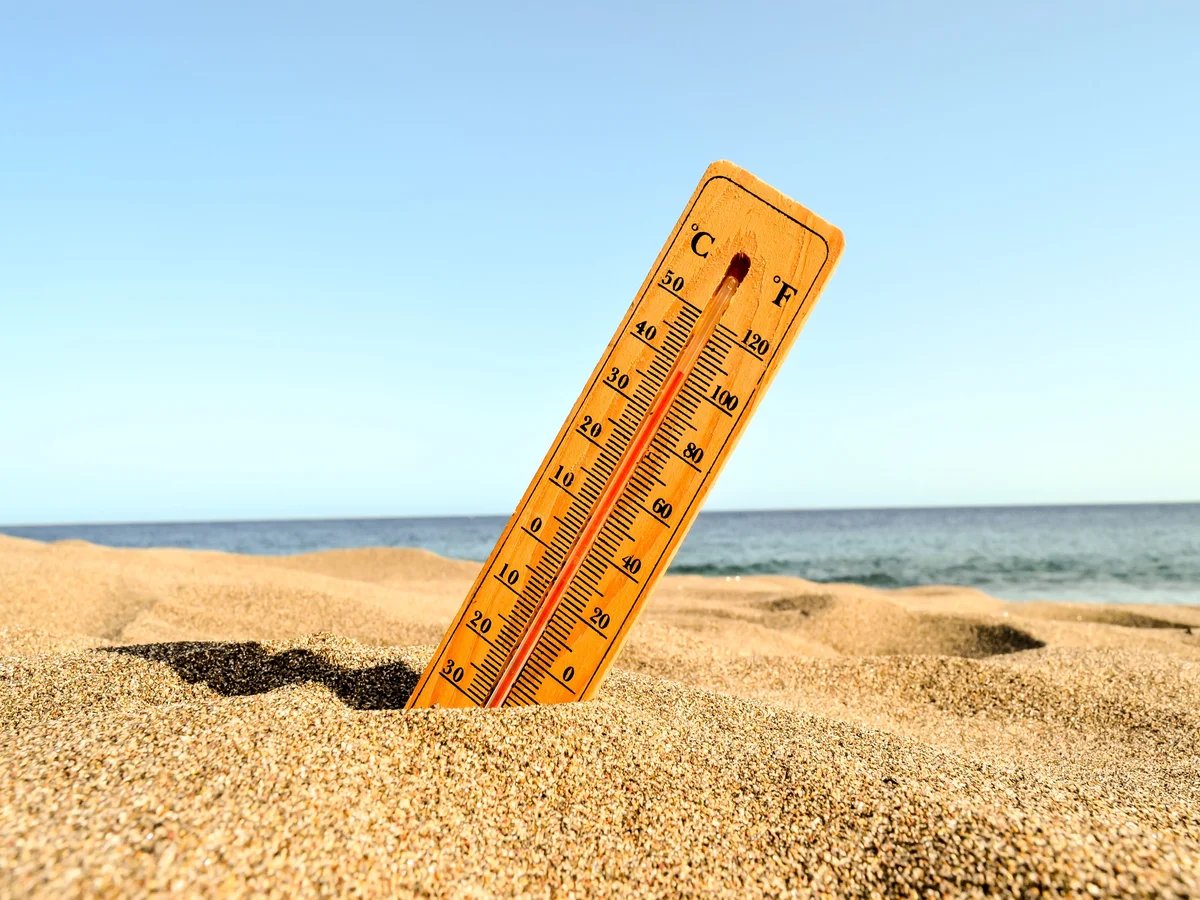Heat Waves and Their Impact on Air Quality? All You Have To Know

Heatwaves, defined as prolonged periods of excessively hot weather, are a growing global concern due to climate change. These extreme weather conditions not only directly affect human health but also have a profound impact on air quality. This article examines the connection between heat waves and air pollution, and how these interactions exacerbate the health risks we face.
Heat Waves and Air Pollution
Heatwaves significantly worsen air quality by contributing to the formation and concentration of air pollutants. Higher temperatures speed up the chemical reactions that form air pollutants like ground-level ozone. This gas, not to be confused with the protective ozone layer in the upper atmosphere, is created when sunlight reacts with pollutants such as nitrogen oxides (NOx) and volatile organic compounds (VOCs).
During heatwaves, more sunlight and heat result in higher ozone levels. Furthermore, hot weather can lead to stagnant air conditions, trapping pollutants close to the ground and concentrating them in our immediate environment. Additionally, heatwaves can increase the evaporation rate of some pollutants, adding to the overall degradation of air quality.
Impacts on Human Health
The effects of heatwaves and compromised air quality on human health are alarming. Ground-level ozone can cause several respiratory issues, including coughing, throat irritation, and worsening of asthma or bronchitis. Chronic exposure can even lead to permanent lung damage.
Moreover, heatwaves themselves pose health risks, such as heat exhaustion and heatstroke. When combined with poor air quality, the risks are substantially magnified. Vulnerable populations, such as the elderly, children, and those with pre-existing health conditions, are at an even higher risk.
Climate Change: A Worsening Cycle
As global warming continues to escalate, the frequency and intensity of heatwaves are expected to increase. This, in turn, could lead to more frequent and severe air pollution episodes. Therefore, climate change exacerbates a cycle of rising temperatures and deteriorating air quality.
Mitigation and Adaptation
It is imperative to tackle both climate change and air pollution simultaneously to mitigate this harmful cycle. Transitioning to cleaner, renewable energy sources can reduce emissions of greenhouse gases and air pollutants. Implementing stricter air quality standards and investing in public education about the dangers of heatwaves and poor air quality can also make a substantial difference.
At an individual level, adaptation strategies, such as staying hydrated and avoiding outdoor activities during peak heat and pollution hours, can minimize exposure and risks. However, long-term solutions require systemic changes and collective action.
Key Takeaways
Understanding the intricate link between heat waves and air quality is crucial to addressing the multifaceted challenges of climate change. These extreme weather events do not just cause discomfort; they exacerbate air pollution and increase health risks. As our climate continues to warm, it is becoming ever more critical to address these issues on both a systemic and individual level.
FAQs
1. What is the link between heatwaves and air quality?
Heatwaves contribute to the formation of air pollutants like ground-level ozone. Higher temperatures speed up chemical reactions, leading to higher ozone levels. Heatwaves can also lead to stagnant air conditions, trapping and concentrating pollutants close to the ground.
2. How do heatwaves and poor air quality affect human health?
Ground-level ozone can cause respiratory issues such as coughing, throat irritation, and worsen asthma or bronchitis. Prolonged exposure can lead to permanent lung damage. Moreover, heatwaves pose additional health risks like heat exhaustion and heatstroke.
3. Are certain groups more vulnerable to the effects of heatwaves and poor air quality?
Yes, vulnerable populations, such as the elderly, children, and those with pre-existing health conditions, face a higher risk during heatwaves and periods of poor air quality.
4. How does climate change influence heatwaves and air quality?
Climate change leads to an increase in the frequency and intensity of heatwaves, resulting in more frequent and severe air pollution episodes. It essentially exacerbates the cycle of rising temperatures and deteriorating air quality.
5. What are some mitigation strategies for dealing with heatwaves and poor air quality?
Strategies include transitioning to cleaner, renewable energy sources, implementing stricter air quality standards, investing in public education, and promoting individual adaptation strategies like staying hydrated and avoiding outdoor activities during peak heat and pollution hours.
6. What can individuals do to protect themselves from the effects of heatwaves and poor air quality?
Individuals can minimize exposure and risks by staying hydrated, avoiding strenuous outdoor activities during peak heat and pollution hours, and staying informed about local air quality and heat advisories.


